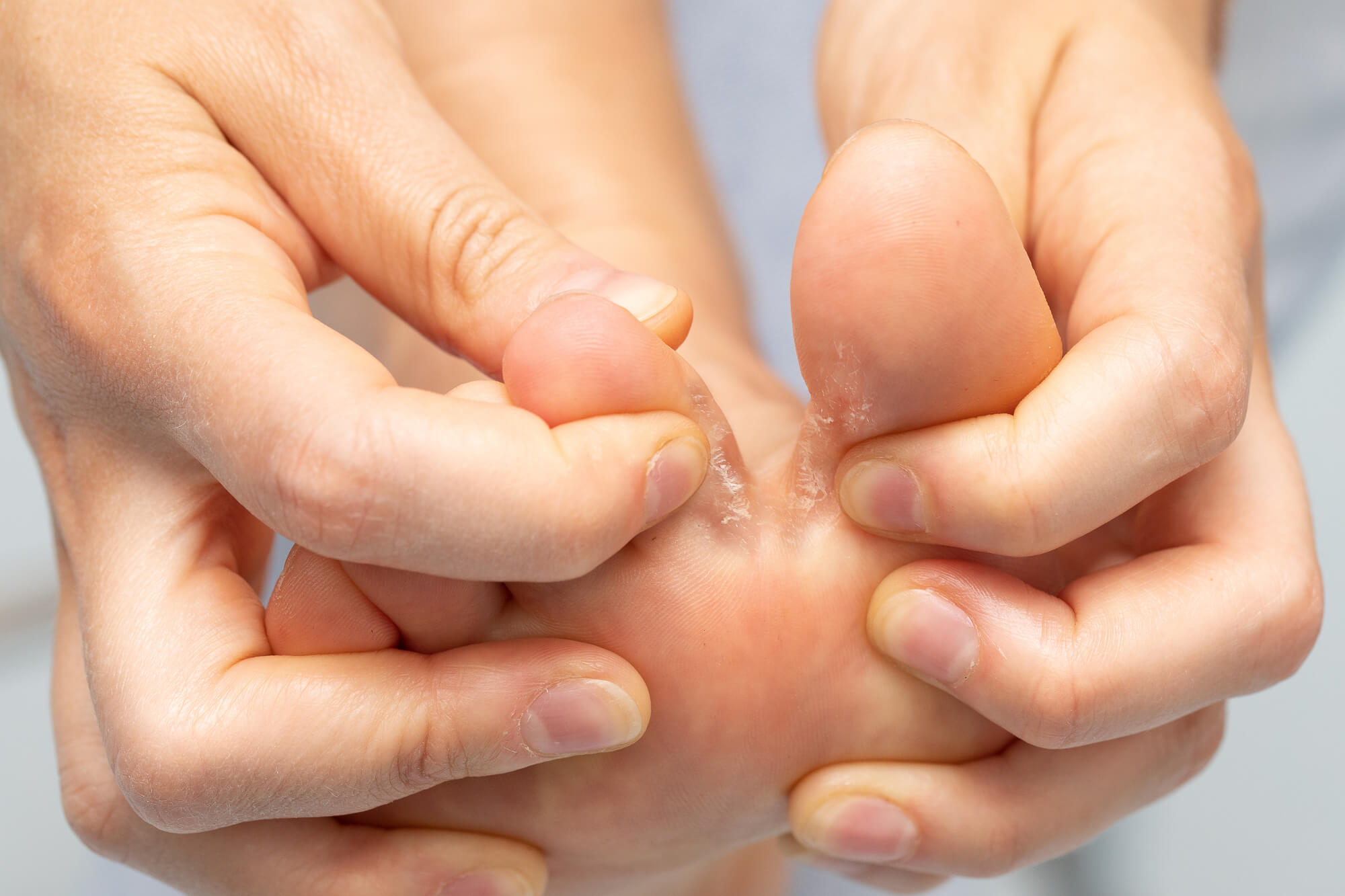When to See a Podiatrist for Athlete’s Foot
Athlete's foot is a fungal infection that affects the skin on the feet, causing symptoms such as itching, redness, and scaling. While this condition can often be treated with over-the-counter antifungal products and home remedies, there are situations in which it is recommended to see a podiatrist for athlete's foot. This article will discuss when to seek medical attention for athlete's foot and what to expect during a podiatrist visit.
What is Athlete's Foot?
Athlete's foot, also known as tinea pedis, is a fungal infection that thrives in warm, moist environments such as locker rooms and swimming pools. This condition can affect anyone, but it is particularly common among athletes, hence the name. Symptoms of athlete's foot can include itching, burning, redness, scaling, and blistering.
When to Seek Medical Treatment
Most athlete foot cases can be treated with over-the-counter antifungal products and home remedies. However, there are situations where it is recommended to see a podiatrist for athlete's foot. These include:
Persistent or severe symptoms that do not improve with home remedies
If you have been treating your athlete's foot with over-the-counter products for several weeks and your symptoms have not improved, it may be time to see a podiatrist. They can prescribe a stronger antifungal medication that is more effective in treating the infection.
The presence of secondary bacterial infections
Athlete's foot can sometimes cause blisters or breaks in the skin, which can lead to secondary bacterial infections. You should see a podiatrist as soon as possible if you notice signs of a bacterial infection, such as redness, swelling, or drainage. They can prescribe antibiotics to treat the infection and prevent it from spreading.
Occurrence of athlete's foot in people with certain medical conditions
People with certain medical conditions, such as diabetes or weakened immune systems, are at increased risk of developing complications from athlete's foot. If you have a medical condition that affects your immune system or circulation, it is important to see a podiatrist if you develop symptoms of athlete's foot. They can monitor your condition and provide appropriate treatment to prevent complications.
If you are unsure whether you need to see a podiatrist for your athlete's foot, scheduling an appointment is always a good idea. A podiatrist can diagnose the infection and provide appropriate treatment to relieve symptoms and prevent the infection from spreading.

What to Expect During a Podiatrist Visit
If you have made an appointment to see a podiatrist for your foot or ankle problem, it is natural to wonder what to expect during your visit. Here's what you can anticipate:
Medical History
The podiatrist will ask you questions about your symptoms, medical history, and lifestyle. This information will help them to determine the cause of your problem and provide an appropriate treatment plan.
Physical Examination
After taking your medical history, the podiatrist will perform a physical examination of your foot or ankle. They will look for any signs of inflammation, deformities, or abnormalities and test your range of motion.
Diagnostic Tests
If necessary, the podiatrist may order diagnostic tests such as X-rays, MRIs, or ultrasounds to get a better view of the affected area and confirm their diagnosis.
Treatment Plan
Once the podiatrist has identified the cause of your problem, they will discuss treatment options with you. Depending on the severity and nature of your condition, treatment may include the following:
- Medications: The podiatrist may prescribe anti-inflammatory drugs, pain relievers, or antibiotics to alleviate your symptoms.
- Orthotics: The podiatrist may recommend custom orthotics to support your foot or ankle and correct any biomechanical issues that may be contributing to your condition.
- Physical therapy: The podiatrist may refer you to a physical therapist who will develop an exercise program to improve your range of motion, strength, and flexibility.
- Surgery: In some cases, surgery may be necessary to correct the underlying problem.
Follow-Up Visits
After your initial visit, the podiatrist may schedule follow-up appointments to monitor your progress and adjust your treatment plan as needed. They may also provide you with tips on how to prevent future foot or ankle problems.
Prevention Strategies
Preventing athlete's foot is easier than treating it. To avoid getting athlete's foot in the first place, it is important to follow some basic prevention strategies, such as:
- Wearing shoes that allow your feet to breathe, such as sandals or shoes made of breathable materials
- Changing your socks frequently and keeping your feet dry
- Avoiding walking barefoot in public places, such as locker rooms or showers
- Using antifungal sprays or powders in your shoes
Conclusion
Athlete's foot is a common fungal infection that can be treated with over-the-counter products and home remedies. However, there are situations where it is recommended to see a podiatrist for athlete's foot, such as persistent or severe symptoms or secondary infections. Following prevention strategies and seeking medical attention when necessary can keep your feet healthy and free from fungal infections.

